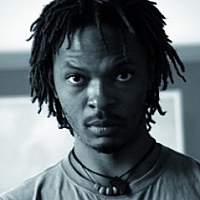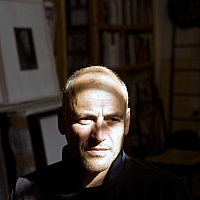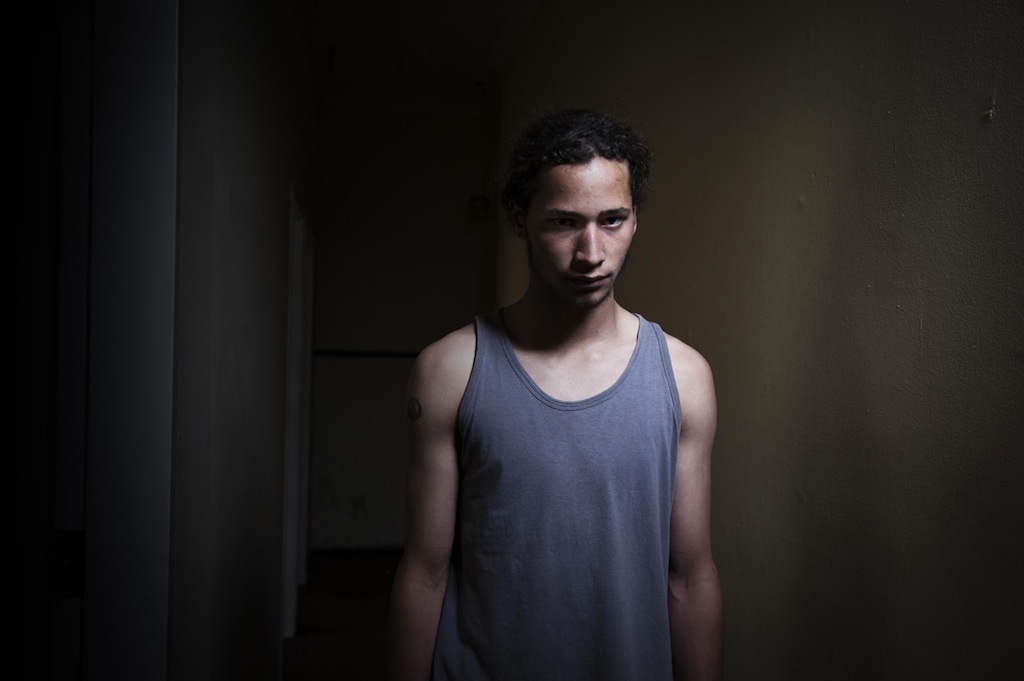
© EDENVALE XVI X, 2012, Paul Samuels
Fondation Calouste Gulbenkian 39 Bd de la Tour-Maubourg 75 007 Paris France
« Present Tense » exhibition will be taking place nineteen years after the end of the apartheid regime in South Africa, twenty-one years after the peace agreements in Mozambique, twenty-three years after Namibia declared independence and eleven years after the death of Jonas Savimbi, which marked the end of the civil war in Angola.
In just two decades, the ever-changing political and social situation of this region of Africa has brought all kinds of challenges for its citizens, including the one of learning how to live together: in each town, and in each country with their neighbors across the border. It has not been an easy or evident path to follow, and occasionally a step backwards has threatened to destroy the expectations created twenty years earlier. There are different levels to the processes of democratization in these countries, but they all share the fact that they have been slow in responding to social expectations.
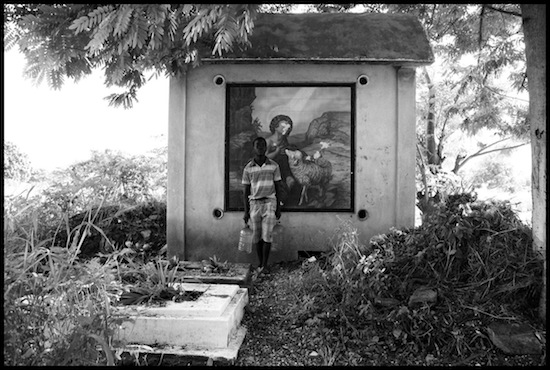
© Pique-Nique, 2012, Mauro Pinto
An essential premise in the curatorship of the Present Tense exhibition is that Africa, in its enormous and complex diversity, is a set of nations born of ancient migrations and recent migrations, whose absurd borders were drawn at the Berlin Conference, and in which even the countries from the south have no regional identity, with their different political regimes, their asymmetrical rates of development, their diverse migrations and the multiple configurations of their towns and cities.
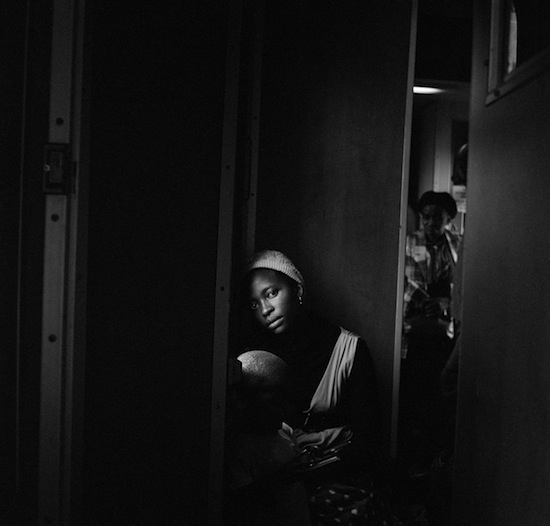
© Big City, 2011, Sabelo Mlangeni
The exhibition focuses on the work of three recent generations of photographers, who began their work in the post-apartheid period. As a feature that is recurrently found in the works by these authors, these photographs many of which were expressly produced for this exhibition are frequently full of people. Photographing people, their lives, their disappointments, the suffering to which they were subjected for many years, and the exclusions to which they fell victim, obliged the photographers to create new directions for the professionals of these countries.

© Chapa 100, 2013, Filipe Branquinho
Today we are fairly far removed from the photographs made of black people who were officially, and frequently, described in the same visual language as fauna and flora. In this exhibition we are interested in showing and comparing the work of photographers who live in or have passed through a set of cities that are mainly situated in what is, generally speaking, referred to by Southern Africa.

© Pomphret, Jo Ractliffe
Regardless of the genres portrait, landscape, document, or photojournalism highlighting the contemporary tensions that prevail in this region. The sometimes unusual thematic choices and the mise en scène have been carefully thought through, with issues of identity and public space at the centre of these works.
But this present tension, sometimes threatening us with the prospect of our being close to yet another historic catastrophe, is not specific to Southern Africa, since it is a globalised affair; because of this, it is important to state the urgency of the contract between photography and the present, in all of its combinations of life.
Photographies et vignette © Paul Samuels © Mauro Pinto © Sabelo Mlangeni © Filipe Branquinho © Jo Ractliffe © Calouste Gulbenkian Foundation


